Subtotal: ₦55.00
472 0.0047uf 4.7nf 4700pf ceramic capacitor
₦35.00
The 472 0.0047µF ceramic capacitor is a fixed-value capacitor with a capacitance of 4.7 nanofarads (nF) or 4700 picofarads (pF). It is designed for use in electronic circuits requiring stable performance, and is commonly used for filtering, decoupling, and timing applications.
Key Features:
- Capacitance: 0.0047µF (4.7nF or 4700pF)
- Ceramic dielectric for reliable performance
- Low equivalent series resistance (ESR) and high frequency response
- Available in various package sizes (e.g., through-hole or surface-mount)
Technical Specifications:
- Capacitance: 0.0047µF (4.7nF or 4700pF)
- Tolerance: Typically ±10% or ±20% (varies by manufacturer)
- Voltage Rating: Common ratings include 25V, 50V, 100V, or higher (varies by type)
- Temperature Coefficient: Varies by type; common classes include C0G/NP0, X7R, or Y5V
- Package Type: Available in various packages such as through-hole (e.g., axial, radial) or surface-mount (e.g., SMD)
Applications:
- Filtering: Used in power supply filters to smooth voltage and reduce high-frequency noise.
- Decoupling: Helps to decouple AC signals from DC power lines, stabilizing power supply.
- Timing Circuits: Employed in oscillator circuits to set frequency and timing characteristics.
- Coupling: Used in signal coupling applications to block DC components while allowing AC signals to pass through.
Usage:
- Determine the required capacitance and voltage rating for your specific application.
- Select the appropriate package type (through-hole or surface-mount) based on your design needs.
- Position the capacitor correctly on the PCB or circuit board.
- Solder the capacitor’s leads or pads to the PCB, ensuring proper alignment and connection.
- Test the circuit to ensure proper capacitor function and performance.
Caution:
- Ensure the capacitor’s voltage rating is sufficient for your circuit’s maximum voltage to prevent breakdown.
- Verify the temperature coefficient and tolerance to ensure compatibility with circuit requirements.
- Handle the capacitor with care to avoid mechanical damage.
In stock
Be the first to review “472 0.0047uf 4.7nf 4700pf ceramic capacitor”
You must be <a href="https://hub360.com.ng/my-account-3/">logged in</a> to post a review.

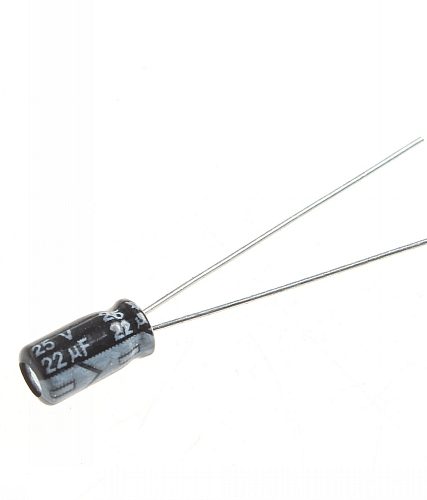
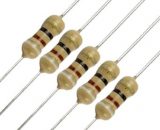


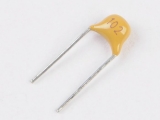
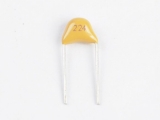


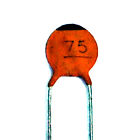
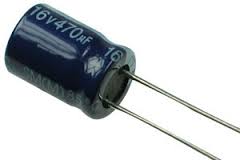
Reviews
There are no reviews yet.